Artist Shani Crowe is collaborating on a new art gallery at the University of Chicago, “Black is the Color of the Cosmos.” The gallery, open Thursdays through Saturdays 1-5 p.m. through Dec. 8, contains a culmination of artwork from Ms. Crowe, Jess Atieno and Gloria Talamantes.
Some might remember the large portraits of intricate cornrow hairstyles that lined the walls of Gordon Parks Arts Hall’s Corvus Gallery in 2020 — Ms. Crowe’s “Braids” exhibit.
As seen in this gallery, Ms. Crowe’s work mainly focuses on aspects of traditional African culture, specifically unique hairstyles.
On Nov. 8, Ms. Crowe passionately answered questions from The Midway about her galleries, the meaning behind them and her plans for the future. Some responses have been edited for style, clarity and length.
What did creating the “Braids” exhibit at Lab’s Corvus Gallery mean to you?
It was great to show that body of work at Lab because it was a new audience, an audience of youth — a diverse audience as well. The work was originally shown in 2016, so it had been out for a while, but I got to experience it through new eyes as children of all ages checked it out.
Why is the current exhibit you are collaborating on, “Black is the Color of the Cosmos,” important to you?
That exhibit is a culminating exhibit at a current residency that I have at Arts and Public Life. So, as a part of our residency, we are required to showcase what we have been working on. The residency officially ends in December, but the show opened in October. I’m excited to show what I’ve been working on for sure, but it’s a part of the residency, it’s not a solo endeavor.
This is similar to my residency at your school, where I came in and showcased the body of work as a part of the residency. This is similar, but the work that I showcase is what I’ve made over the course of the residency. You can participate to whatever degree you want, depending on what you have created and what you want to share from what you have created. It is a requirement, but it is also a pleasure as an artist to be able to showcase what you create.
How is this exhibit different from other exhibits you have worked on?
The body of work that I have on display now is different from the body of work that I showcased at your school. For example, “Braids,” because it is a color body of work, and it uses a dark background instead of a light background. Usually, when I photograph my hair designs, it is a pretty standard portrait with one strobe light — so I’m using flash lighting. This time, I did a mixture of both of the strobe, and then I also included lighting in the hair itself. So the hair itself was producing light. I went through long exposures and choreographed movement with the model. I was able to capture interesting, otherworldly-looking shots. A lot of them came out looking kind of like they are in outer space, or some void of some sort. So it’s different in its colors, it’s different in its emotion and it’s different technically as well.
Why is your art important to you?
My art is important to me, because as a creative person — if you’re a creative person, or if any of the students reading this are creative people — you understand that it’s a passion that must be pursued, it’s a creative compulsion. So my career and my work on one hand, satiate that need within me as a creative person to have creative output. And my creative output is an expression of my ideas — things that are important to me. It is a way to spread those ideas, both ideas that are important to me that I want other people to think about and also concepts that I think sometimes are overlooked and under-celebrated, especially as they relate to the cultural practices of Black women specifically in my work. That’s kind of the gaze that I’m aiming to capture most.
It is always interesting to me to see how many people relate to that work, because so many cultures have their own cultural practices that are beautiful and passed down and become really rich traditions within their culture. But their value in the society that we live in is at the whim of a trend, or what people like. However, these things are more than just fleeting trends, they are deep seated cultural traditions that I think are important. So for me with my work, I want to share what’s important to me, highlight the beauty in the craft of braiding, the beauty of the natural hair of Black women — I’m including manipulated and braided styles, because they aren’t straightening or changing the texture of the hair.
It is an outlet for me to celebrate that beauty, inspire other women to feel beautiful in their natural state and also encourage other people to determine the value of their own cultural practices on their own.
Do you have a muse for your work?
Each model that I work with is my muse. Sometimes I take references from different deities, a lot of times from ancient Kemetic cultures, or sometimes popular culture, just idols at large. Some things are inspired by a particular person, but I would say in general, each model that I work with, or when I work with groups of models, their personal energy, contributes indelibly to the outcome.
What are your plans for the future?
I am definitely going to keep making art. I have had the pleasure of my career to make both photographic work and traditional, wall art, so to speak. But I also make sculptures, interactive, immersive designs and mixed-media video installations. I just had one close at the WNDR museum that was up for the past three or four months. So, I’m excited to make more multi-sensory experiences like that.
I am focusing on my products that I make as well, because I do have a background in hair. I have always made my own natural products for my clients, and I am trying to focus on releasing those in a broader sense, not just on the peer-to-peer way that I do now.
I would love to create some public art. I have a lot of cool ideas for public art sculpture. I need to find someone who is good at CAD (computer-aided design), so that we can start to make digital renderings of these drawings and possibly put in some proposals.







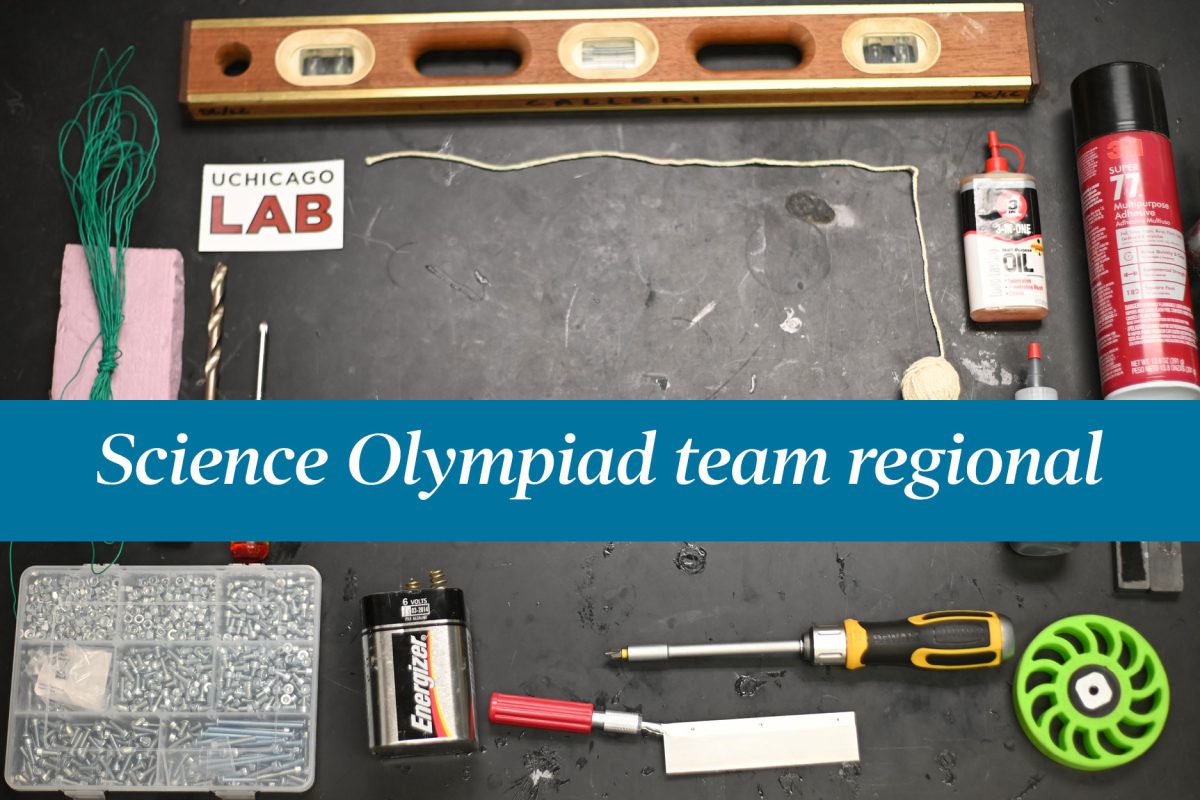












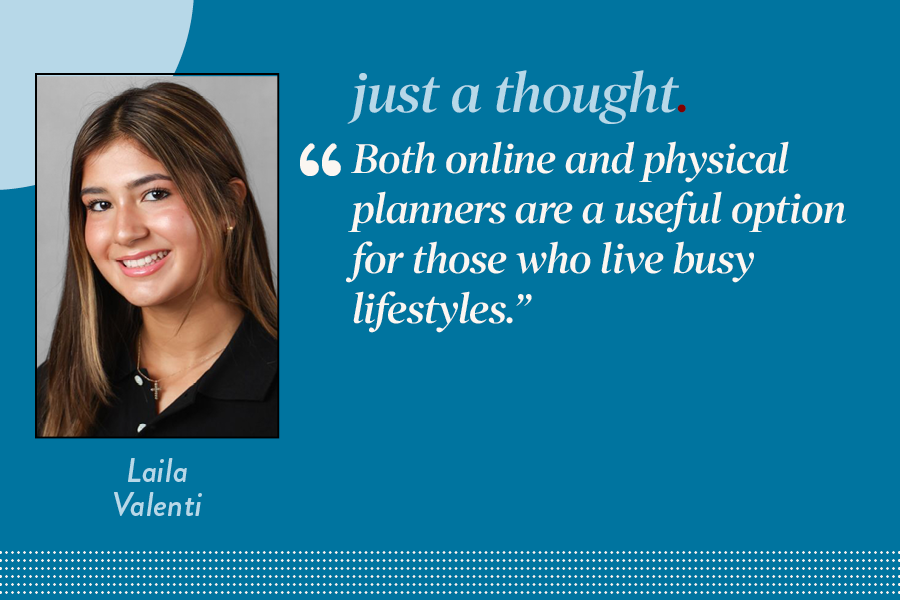













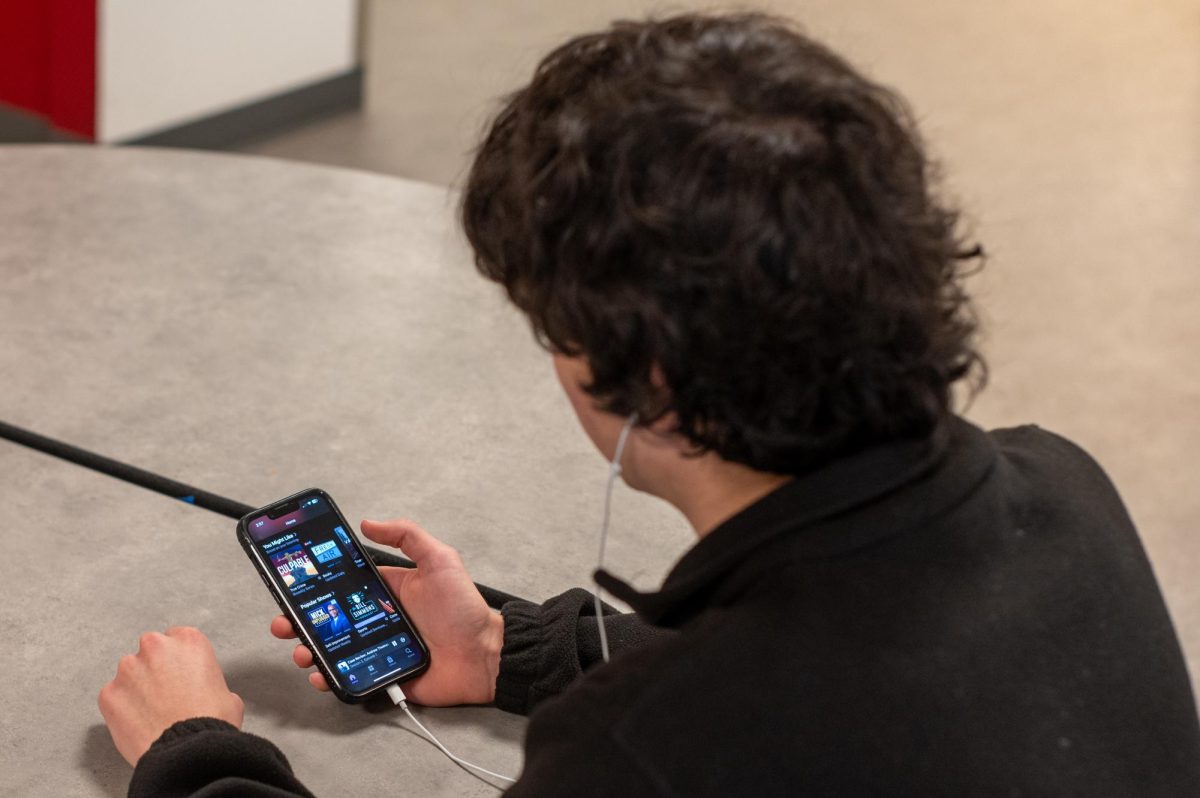






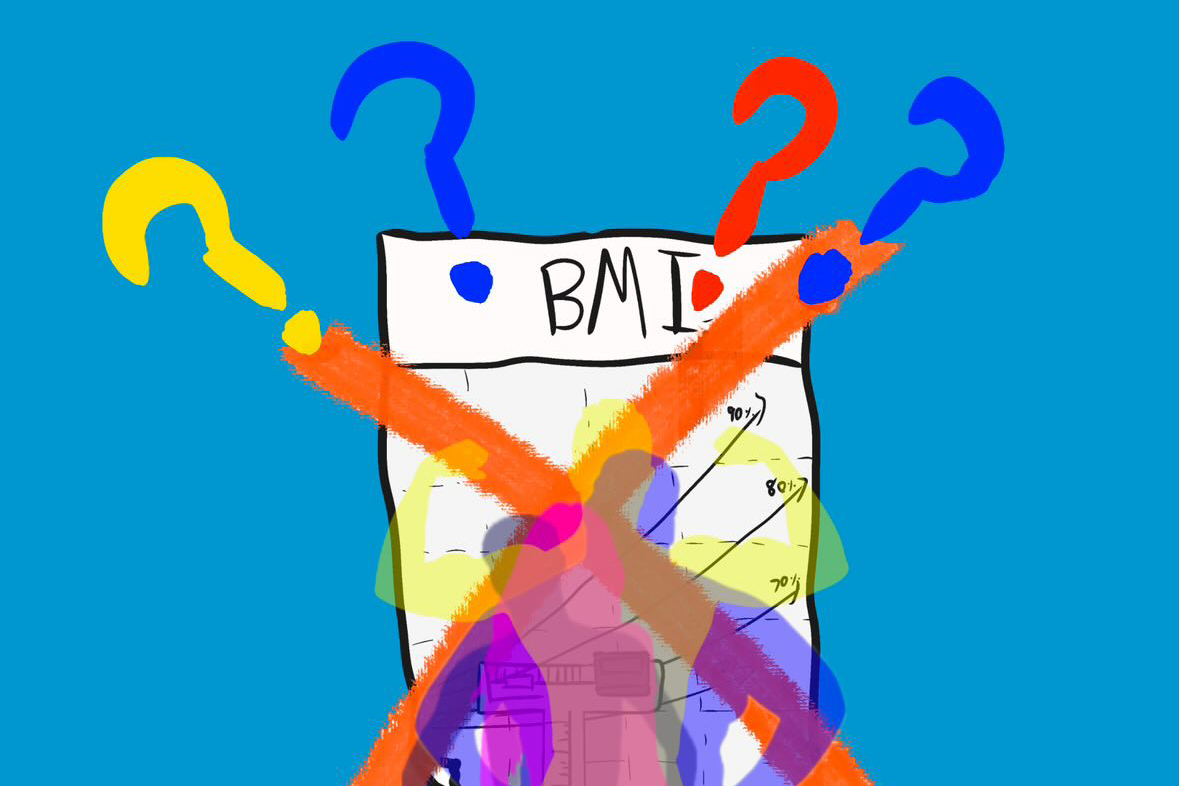




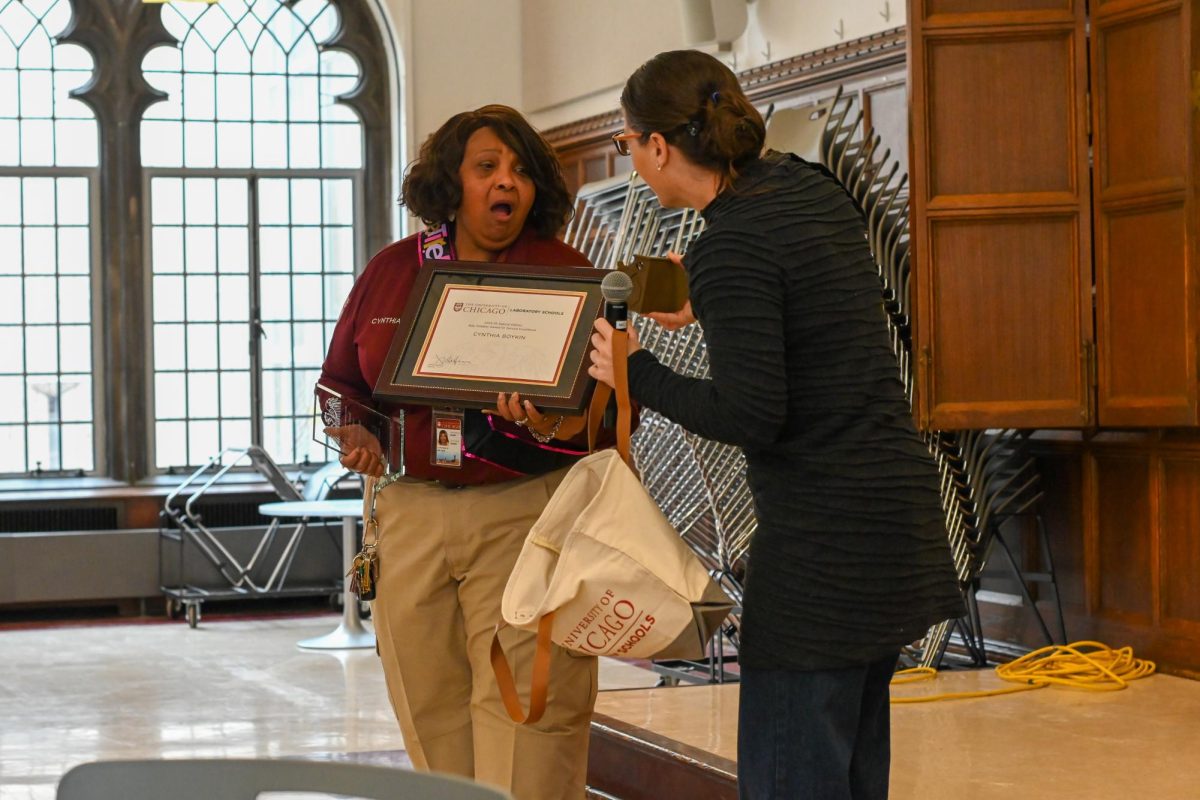







Gina Alicea • Nov 14, 2023 at 1:12 pm
Great article!